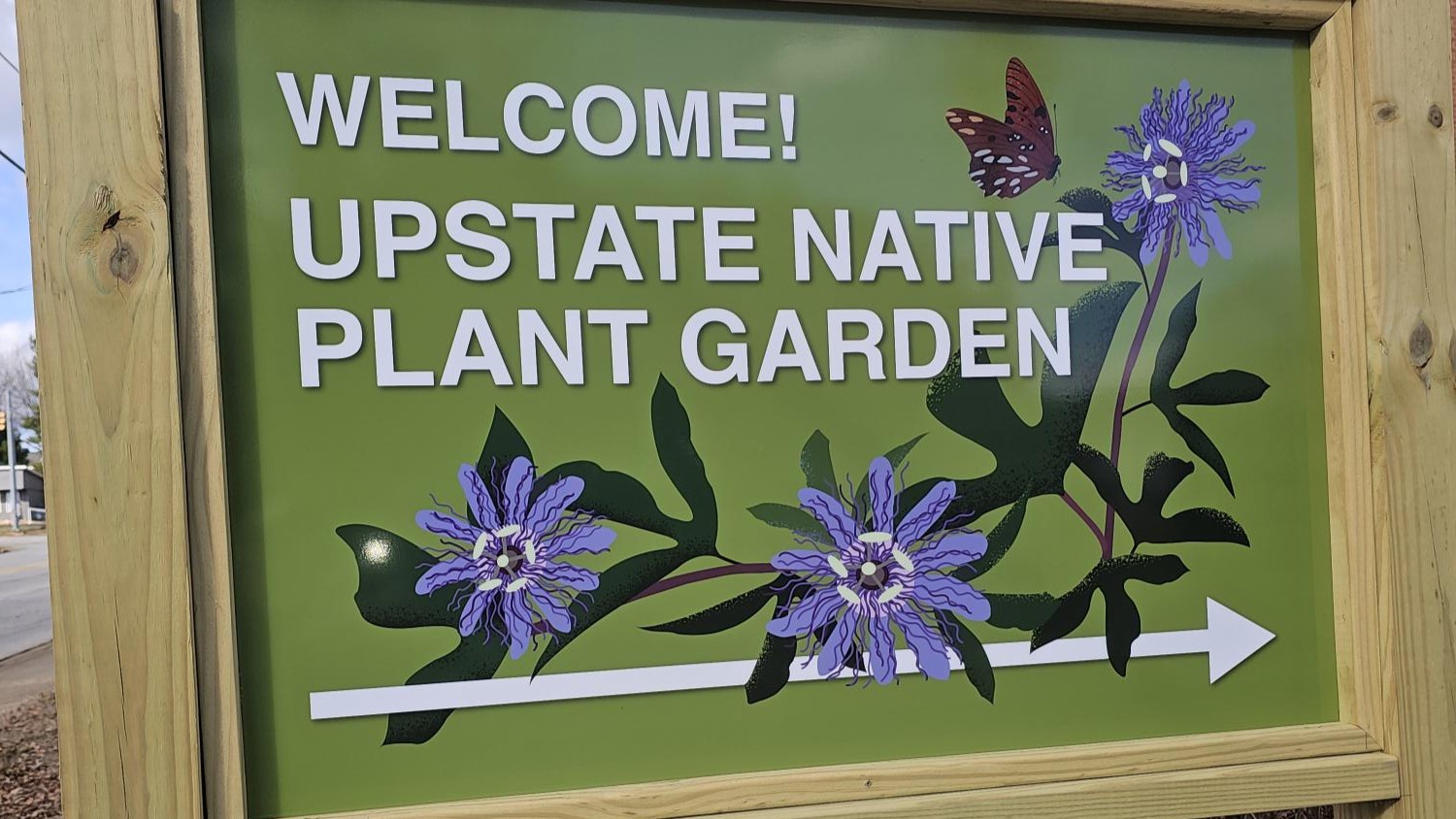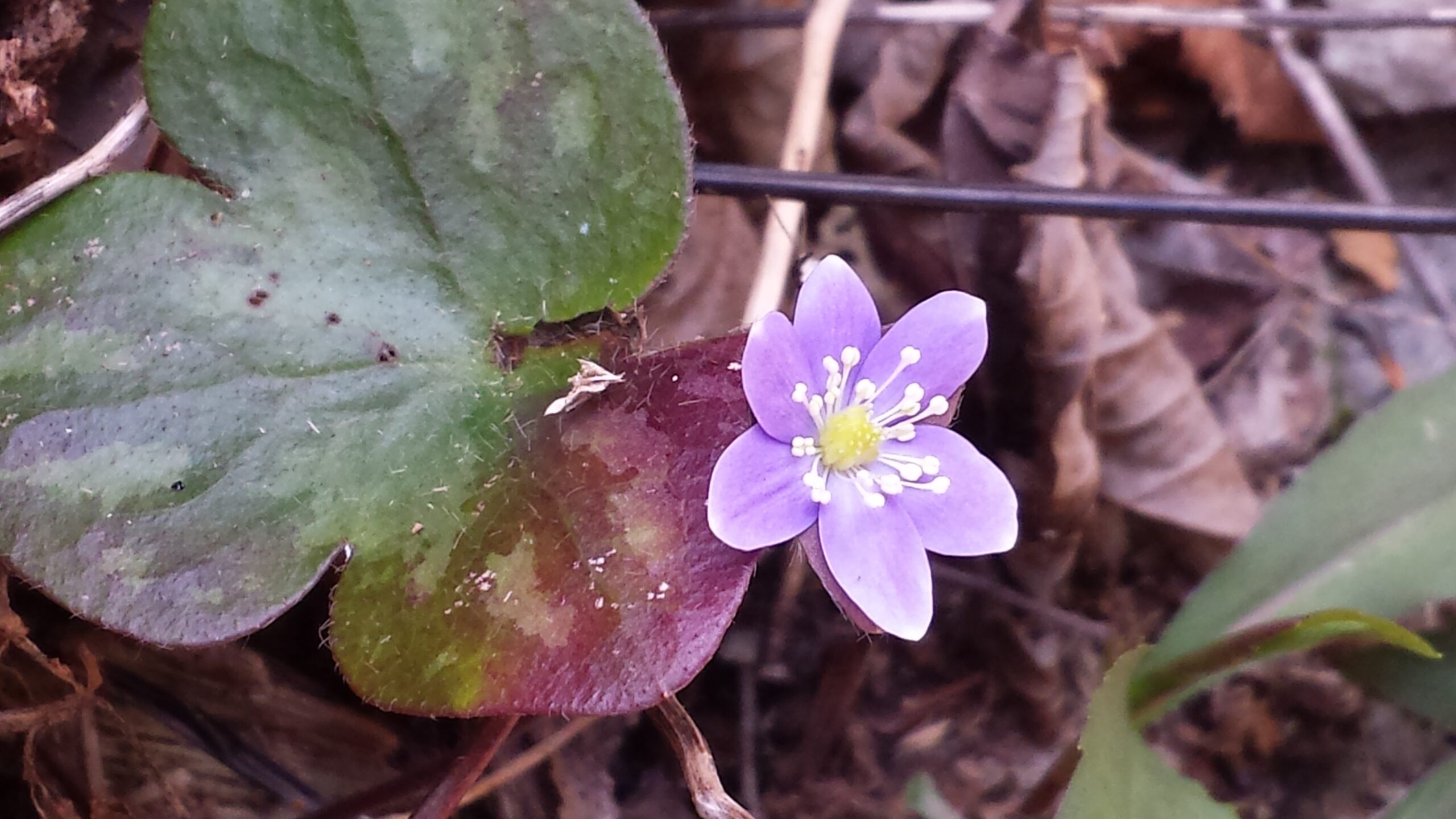by Jennifer Miranda
The Saluda River Basin Council, an organization appointed by SCDHEC to manage the Saluda River Basin, has published its 2025 draft plan. Our own Rick Huffman is a stakeholder who contributed to this project!
The project investigated current water usage, as well as proposed recommendations for identified needs. One of these needs is the protection of waterways against sedimentation. Sedimentation, including agricultural runoff and erosion, significantly decreases water quality. This decreased water quality not only affects drinking water, but also recreational river usage and the health of aquatic ecosystems.
The proposed plan provides recommended methods to reduce sedimentation. One of these is the protection of riparian buffers. Last year, Save Our Saluda’s president Melanie Ruhlman gave a lecture to SCNPS members about the importance of native plants in these riparian barriers. Save Our Saluda is a local conservation organization that has spearheaded watershed restoration projects, including the creation of field borders on local farms and riparian buffers along the Saluda utilizing native plants.
Native plants help anchor the riverbank soil to prevent sedimentation, reduce chemical runoff into the watershed, and protect river habitats. Additionally, native trees help stabilize streambanks. In their proposal, the Saluda River Basin Council recommends that local governments incentivize and adopt laws and policies that prioritize the protection of native trees and plants along riparian areas. The Council’s plan also emphasizes the importance of public education on watershed protection.
How can I help the Saluda River Basin?
Widespread conservation efforts are more effective when local conservation organizations collaborate! To support the Saluda River Basin Council’s 2025 draft plan recommendations, SCNPS members can continue to educate the public on the importance of native plants, including how they protect our waterways.
You can learn more about the use of native plants in Save Our Saluda’s watershed protection projects by listening to Melanie Ruhlman’s lecture here. We can also support the Saluda River Basin Council’s conservation and education efforts alongside partner organizations such as Save Our Saluda and Friends of the Reedy River. The Reedy River, which flows through Greenville, is a tributary of the Saluda and an important part of the basin’s overall health.
Both Save Our Saluda and Friends of the Reedy River hold regular volunteer workdays—some of which involve planting native plants!




